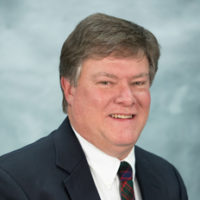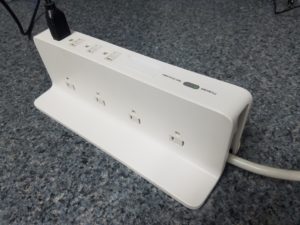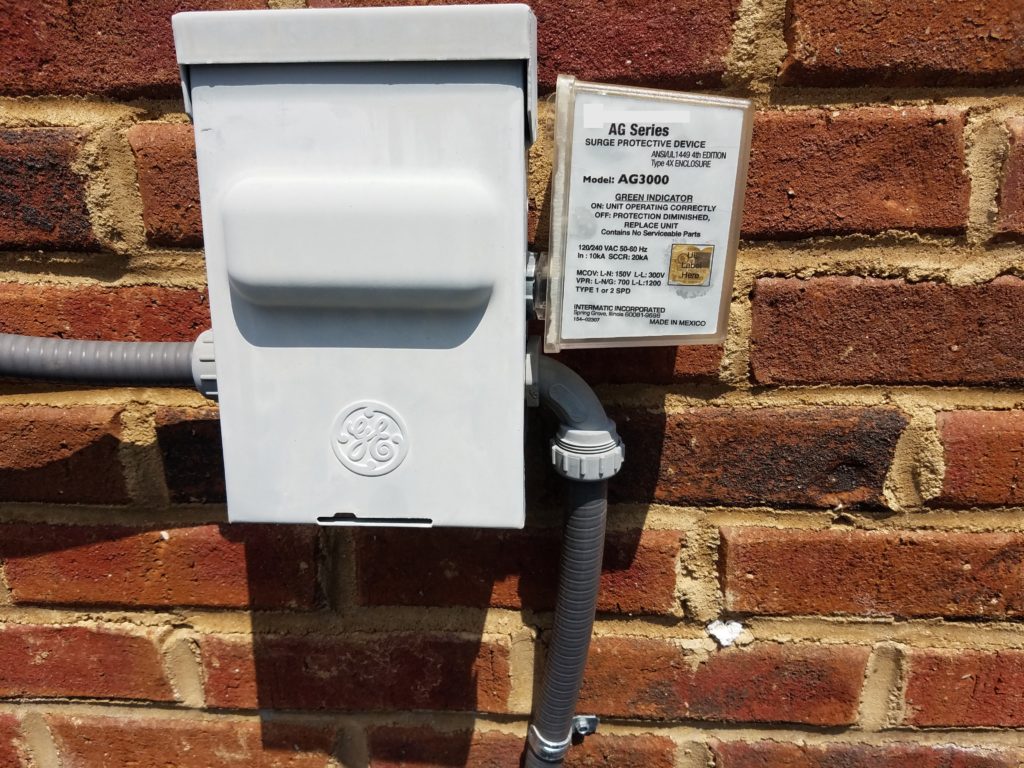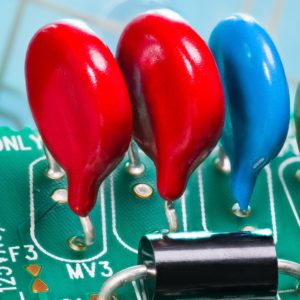Surge Protective Devices (SPD), formerly known as Transient Voltage Surge Suppressors (TVSS) have been around for a long time. The most recognized version is integrated into outlet strips and used to protect sensitive electronics from surges, or higher than expected voltages on the power line. Early versions of these surge strips were known to have problems where internal components could overheat and cause a fire. Thermal protection was added to the designs to greatly reduce the potential for a fire hazard. Such an implementation in an outlet strip is considered a Type 3 SPD.
Moving further up the branch in an electrical distribution system, the integration of an SPD into a circuit distribution panel is considered a Type 2 application. This method provides overvoltage protection to all the branch circuits in the panel. The SPD module is typically mounted within or directly adjacent to the circuit distribution panel and electrically connected to the panel with a dedicated circuit breaker. A Type 2 SPD can withstand much larger surge voltages and surge time durations than a Type 3 device.
A Type 1 SPD device is similar to the Type 2 device except it is placed between the output of the utility transformer and the customer electric meter connection. Unlike the Type 2 device, no additional overcurrent protection device is needed with a Type 1 SPD.
The use of Surge Protective Devices is defined in the ANSI/UL1449 standard. A device that utilizes SPDs should be labeled as being UL listed to the 1449 standard. At the core of most SPDs is a semiconductor device called a Metal Oxide Varistor (MOV). This device reacts to overvoltage conditions and sheds the excess to reduce the amount of surge seen by the connected appliances.
The use of SPDs has always been an option to protect sensitive electronics from damage caused by electrical surges … until now. The National Electrical Code operates on a three-year update cycle. The use of SPDs first appeared in the NEC with the 2002 edition. With the latest 2020 edition, Type 1 or Type 2 SPDs are now required in many applications in new residential and commercial construction. This change is aimed at protecting the building-wide components that are sensitive to surge damage such as fire and security alarms and the electronics in Arc Fault Circuit Interrupter (AFCI) and Ground Fault Circuit Interrupter (GFCI) devices. As states and counties adopt the 2020 NEC these devices will become evermore present.
The proper implementation remains to be seen. With every change there is a learning curve. Some people take change seriously and understand the underlying requirements, others not so much. The desire to use up old material stock might tempt some to modify enclosures to fit the new components, voiding UL listings and potentially causing other problems such as shock risk or a fire. Time will tell.
Tom Kelly, PE, MSEE, CFEI, CESCP, has a Bachelor of Science in Electrical Engineering and a Master of Science in Electrical Engineering from Florida Atlantic University, Boca Raton, Florida. He also has a Master of Business Administration with emphasis in strategic leadership from Winthrop University, Rock Hill, South Carolina. Tom’s 30 plus year career in electrical engineering includes forensic engineering investigations involving industrial electrical accidents, electrical equipment failure analysis, control system failures, robotics and automation components, and scope of damage assessments. He has conducted investigations for fires, arc flash incidents, electrocution and electric shock accidents and lightning strike evaluations.






